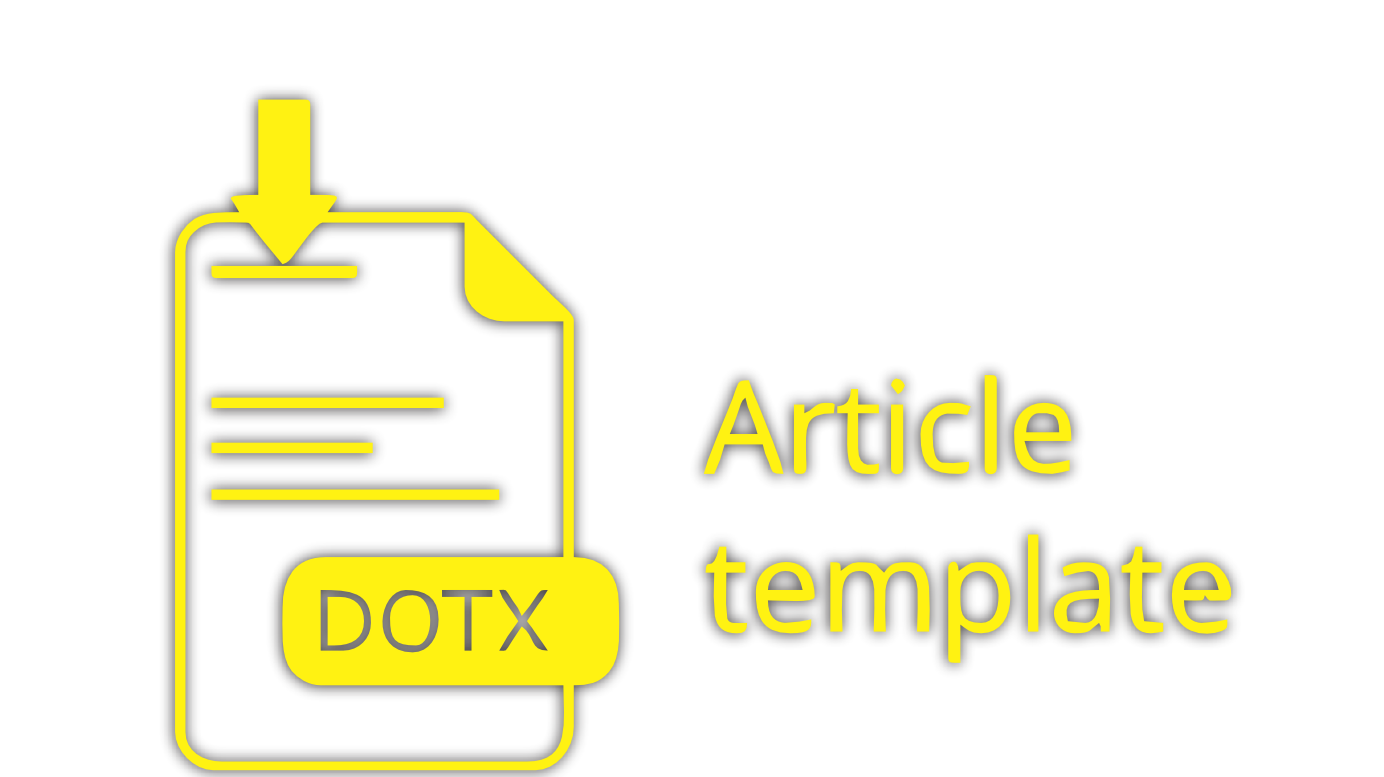Inventory and Potential of Natural Enemies ( Predators and Parasitoids ) as Pest Controller in Lemon Crops in Langkat, North Sumatera
DOI:
https://doi.org/10.25077/aijent.1.01.30-39.2023Keywords:
Lemons, diversity, enemies natural, predator, parasitoidAbstract
Lemons are plant horticulture fruits which kind of oranges are also known as designation citrus. The fruit shaped as a round oval, colored yellow bright, and tasteful sour or a little sweet. Other roles of insects in nature besides insect potential herbivores (phytophagous) pests, that is, as predators and parasitoids. The study aims to identify types and diversity of enemy potential natural (predators and parasitoids). as controller pests on lemon plants. The study carried out on land lemons in Namo Terasi village, Sei Bingai District, Langkat Regency. Identification insects was done in Laboratory Pests, Faculty of Agriculture, University of Sumatera Utara which held on month, March until June 2023. This study uses a purposive sampling method with 5 types, such as yellow sticky trap, red trap, black trap, blue ball trap, and net trap. Total insects identified on the lemon’s vegetation (Citrus lemon) consist of 10 Orders, 38 Families and 49 Genera, and 2308 individuals. The highest population recorded from Aphidius (Hymenoptera: Braconidae) as many as 481 individuals. The highest of Density and Relative Density from family Braconidae (D=481, RD=21.02%), whereas the lowest of Mantidae Family (D= 3, RD=0.13%). Total population were 10 types of predatory insects family, 4 types of parasitoids,16 types of herbivores and 5 types of pollinators, and 3 types of decomposers.
Downloads
Downloads
Published
How to Cite
Issue
Section
License
Copyright (c) 2023 Endi Kurniawan, Ameilia Zuliyanti Siregar

This work is licensed under a Creative Commons Attribution-ShareAlike 4.0 International License.













